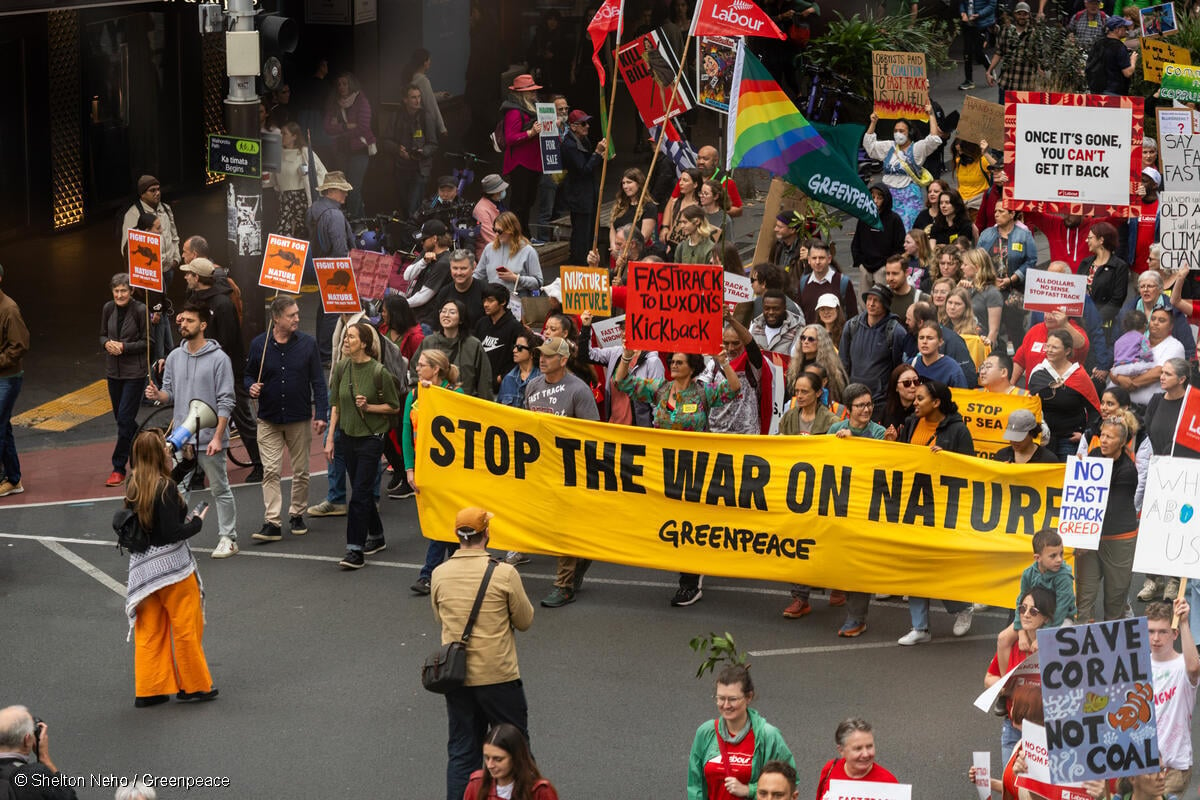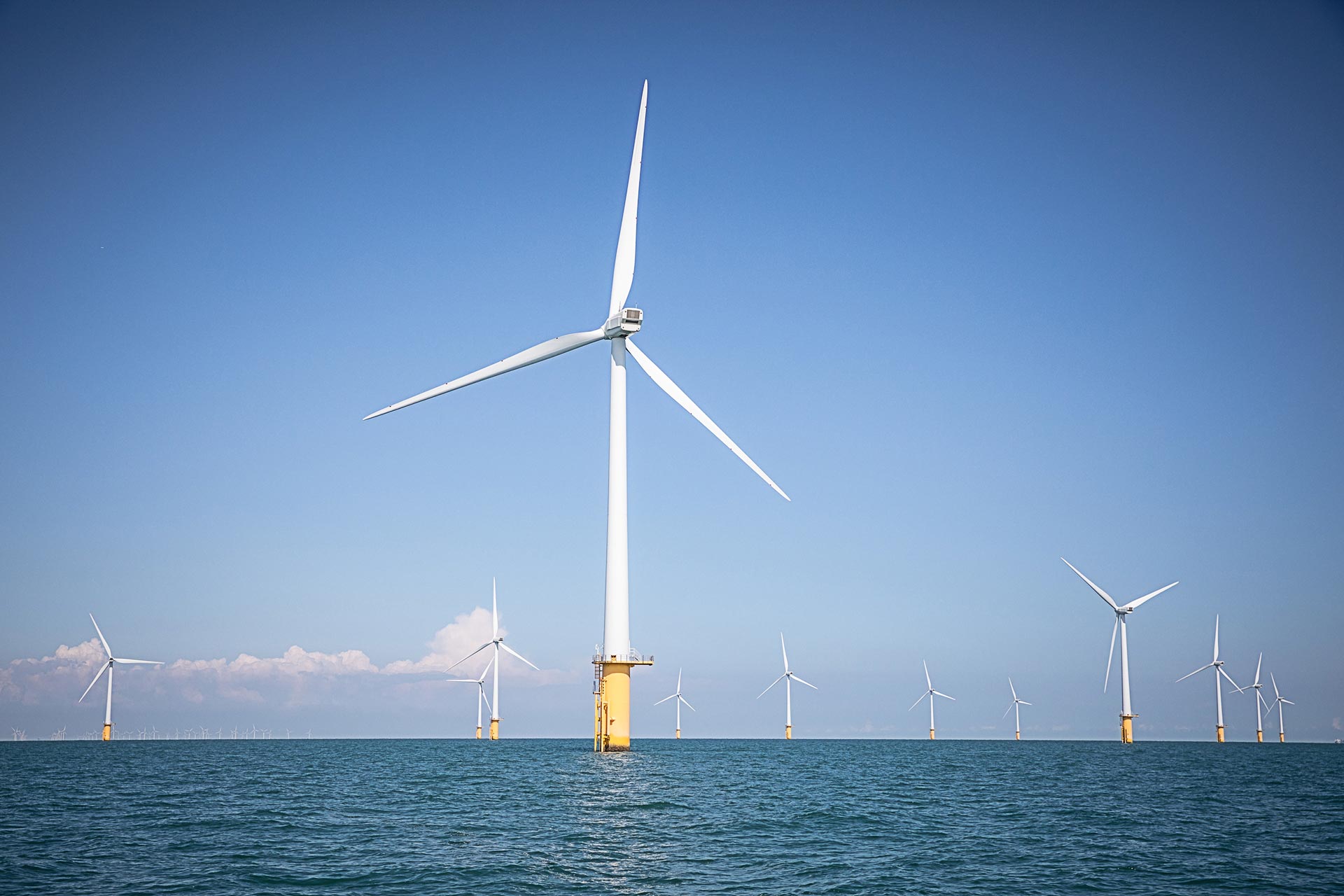The dirty truth about waste to energy incineration is that it just doesn’t stack up.
Dirty technologies are never welcome in Aotearoa, which is one of the reasons we don’t have any so-called ‘waste to energy’ incineration factories here. It’s also why the small number of waste incinerators that used to dispose of medical and quarantine waste in a couple of cities closed down two decades ago in the face of public opposition, including a sustained campaign by Greenpeace.
It’s also why the current rash of proposals to build several new waste to energy factories in Aotearoa need to be loudly opposed.
A company called SIRRL that is proposing to build a waste to energy incinerator at Waimate had its consent application rejected twice by Environment Canterbury due to a lack of information, but on a third attempt, it was accepted recently on 15th May for assessment under the RMA “by a narrow margin”.
Further north, Kaipara District Council has been pers귭 by local mayor Craig Jepson to carry out an investigation of waste to energy incineration, reportedly in conjunction with SIRRL, Auckland Council, Whangārei District Council, Far North District Council, Northland Inc, and Kaipara hapū Te Uri-o-Hau.
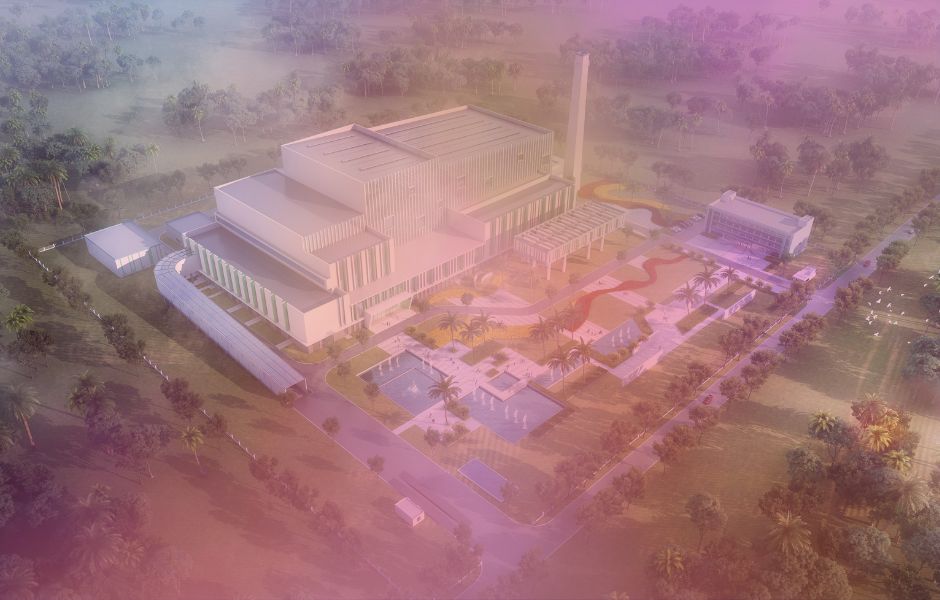
The Northern Advocate says that whether and how the other 43 local government politicians from Auckland north have formally voted to carry out the controversial investigation has not yet been made public.
Greenpeace crossed paths with Mr Jepson in the late 1990s when he worked for another company touting a waste to energy incineration proposal at the moth-balled gas-fired power station in Meremere. That proposal was defeated, and the power station dismantled, but over 20 years later, he is still tilting at windmills on his toxic hobby horse.
Back then, Auckland and Waikato regional councils and Ministry for the Environment rejected waste-to-energy incineration, and Aotearoa has since progressed further along a path towards waste reduction, pollution phase-outs, and the provision of more kerbside recycling. There’s still much to do before we have a robust enough waste reduction and recycling infrastructure, but it has been the direction of travel here for decades.
Sparking widespread opposition
The Waimate and Kaipara proposals, plus two others in Te Awamutu and Feilding, have sparked opposition from local community groups Why Waste Waimate, Sustainable Kaipara, Don’t Burn Waipā, and Feilding Against Incineration. Greenpeace also opposes these proposals as part of Regeneration Not Incineration (RNI), a national network that campaigns against waste to energy incineration that includes the Zero Waste Network Aotearoa, Para Kore, Aotearoa Plastic Pollution Alliance, The Rubbish Trip, the community groups named above, academics, and recycling/zero waste advocates.
Five main arguments against waste to energy incineration:
- It produces toxic pollution – burning waste with plastics creates forever chemicals, including deadly dioxins in the resulting air pollution and toxic ash that is dumped in landfills, which also contains toxic metals such as arsenic, mercury, lead and cadmium.
- It is bad for human health and the environment – forever chemicals, including deadly dioxins, and toxic metals can cause cancer, birth defects and infertility and accumulate in the local environment and food chains.
- It increases carbon emissions that heat the climate – using a fossil fuel to burn the waste results in large amounts of carbon belching out into the atmosphere, where it stokes climate heating.
- It undermines waste minimisation and zero-waste policies – Aotearoa needs to reduce the amount of waste produced and shift to a zero-waste circular economy, but waste to energy incineration creates a market for the continual production of waste to ‘feed the monster’.
- The business case doesn’t even stack up – waste to energy incineration only produces a small amount of electricity because the residual waste is the least combustible, and it is far cheaper and cleaner to make electricity from wind power in Aotearoa.
In two previous articles, we have covered why burning rubbish creates toxic waste and fuels climate change, as well as why waste-to-energy incineration is a bad idea and not the answer to NZ’s plastic waste crisis. Now it’s time to focus more attention on the fifth point.
The business case doesn’t stack up
SIRRL says the $350 million waste to energy incinerator they plan to build would burn “up to 365,000 tonnes of solid waste a year” and produce “up to 30 MW (megawatts) of electricity”. That’s a huge sum of money to generate a very small amount of electricity. Aotearoa already has 9,448 MW of installed electricity generating capacity, so 30 MW is a tiny 0.3% fraction of that total figure.
For example, the 12 wind turbines installed at the Mahinerangi wind farm in Otago in 2011 produce 36 MW of electricity. That wind farm cost NZ$75 million to build, which is only about 20% of $350 million. Wind farms don’t produce any ongoing carbon emissions, toxic ash or air pollution. Nor do they require over 130 trucks and trailers to burn diesel as they drive to and from Waimate from around the South Island every day to deliver waste, they just need the wind – which is free.
So, you have to ask why anyone would invest in a business that plans to spend $350 million to build an incinerator that will produce a paltry amount of electricity. Even if (and that’s a very big ‘if’) the company is able to negotiate and secure multiple contracts to take municipal solid waste from councils all around the South Island, the income from that wouldn’t come near to offsetting the proposed $350 million price tag.
If built, the Waimate incinerator would pump out even more carbon into the atmosphere that would need to be accounted for under the NZ emissions trading system (ETS). In the UK, each tonne of municipal solid waste incinerated typically releases between 0.7 and 1.7 tonnes of carbon dioxide, depending on its composition. So, based on those figures, burning 365,000 tonnes of waste a year would pump between 255,000 and 620,000 tonnes of carbon dioxide into the atmosphere. The carbon price per tonne in Aotearoa has been between about $60 and $90 over the past year, so that’s another big cost that would need to be factored in.
How could SIRRL afford to spend $350 million building a waste to energy plant?
The answer is China Tianying, a Chinese waste to energy incineration giant that reportedly had total assets valued at ¥26 billion Chinese Yuan (NZD$6 billion) in 2022. China Tianying and one of its subsidiary companies EUZY own 60 per cent of SIRRL.
The largest shareholder in China Tianying is reportedly the Yan Sheng Jun Family. Yan Sheng Jun is the Chairman of China Tianying and Chairman of Jiangsu Dezhan Investment Co Ltd, and General Manager & Executive Director of Jiangsu Yinghuan Urban Environmental Service Co Ltd (both are subsidiaries of China Tianying).
China’s waste to energy incineration industry expanded after a target was set in Beijing that calls for 30% of China’s municipal solid waste to be sent to waste to energy incineration factories around China by 2030. That means the industry has grown at a feverish pace there over the past two decades.
China’s waste to energy incineration sector is subsidised by the state
An independent assessment identified 155 waste to energy incineration factories operating or under construction there in 2011, and there are reportedly plans to expand into south-east Asia – and now Aotearoa.
According to an in-depth report on China’s burgeoning waste to energy incineration industry published in The Guardian (4 July 2012): “Early central-level legislation on municipal waste management – passed almost a decade ago – sanctioned private-sector involvement. These measures, intended to encourage growth in waste-to-energy installations, relaxed state control in a way that has yet to take place in the energy sector. However, the primary catalyst for growth in the sector has been generous government incentives. Waste-to-energy incineration is classified as a renewable energy form in China, meaning that plants receive a feed-in tariff for every kilowatt hour of electricity they generate. Only two months ago, Beijing announced a fixed subsidised price for power purchased from waste-to-energy plants, which is about double that from coal-powered plants. The results of these subsidies are dramatic. Both foreign and local waste-to-energy players have rushed to stake their claims, in some cases submitting loss-making tender offers just to get a foothold. Many waste-management experts suspect that Chinese city officials are among the most eager investors; using public infrastructure and tax revenue to profit personally.”
So, the waste to energy incineration industry there is subsidised by the Chinese state via a feed-in tariff, which guarantees an above-market value price is paid for electricity from the sector.
Bloated by the subsidised electricity price in China, perhaps the company has decided it can afford to build an incinerator in Waimate that starts out making a loss so they can get a foothold here? Perhaps it also hopes to expand into Auckland and Northland to increase its share of the local waste ‘market’ before it ramps up the price it charges councils to burn it for them?
But you have to wonder how long the subsidised Chinese electricity price will last now that the Chinese economy is slowing sharply. For example, China Tianying’s net profits fell by 80 per cent in the first three quarters of 2022. And what if the Chinese state subsidy is cancelled at the stroke of a pen and China Tianying has to retrench and pull out of Aotearoa? Who would be left with the bill to clean up the toxic mess?
A carbon-intensive fossil-fuel power station that makes toxic waste
It’s not only the business case that doesn’t stack up; neither does the basic premise of burning waste to generate electricity.
SIRRL claims that waste to energy incineration is a way to dispose of so-called ‘residual waste’ that is not suitable for recycling. But that ‘residual waste’ is the least combustible waste. It includes the intractable detritus thrown out in rubbish bags from broken hair dryers and toasters to smashed crockery and glass. That means SIRRL will need to use a fossil fuel as the ‘feeder fuel’ to burn the waste – just when Aotearoa is committed to cutting fossil fuel use, not increasing it.
The carbon intensity of waste to energy incinerators in Europe (540 grams CO2/kWh) is about twice the concentration of carbon dioxide emissions from the average EU electricity grid (296 grams CO2/kWh). This illustrates how waste to energy incinerators are high-carbon intensity, inefficient fossil-fuel power stations that also produce toxic air pollution and ash.
Given all this, plus the fact that it is not the right fit for Aotearoa’s clean energy, zero-waste pathway, councils would be foolhardy to sign any contracts with SIRRL or any other company touting waste to energy incineration. It’s all toxic smoke and broken mirrors.
TAKE ACTION:
Write to the mayors of Auckland (Wayne Brown), Whangarei (Vince Cocurullo), Far North (Moko Tepania) and Kaipara (Craig Jepson) urging them to reject waste to energy incineration as an expensive and unnecessary waste of limited ratepayer funds and instead invest more in waste reduction policies and genuine zero-waste resource recovery hubs:
Wayne Brown: [email protected]
Vince Cocurullo: [email protected]
Moko Tepania: [email protected]
Craig Jepson: [email protected]
Michael Szabo is a former Greenpeace Aotearoa Campaign Manager and the author of Making Waves I & II, a history of Greenpeace in Aotearoa (1971-1990; 1991-2021).
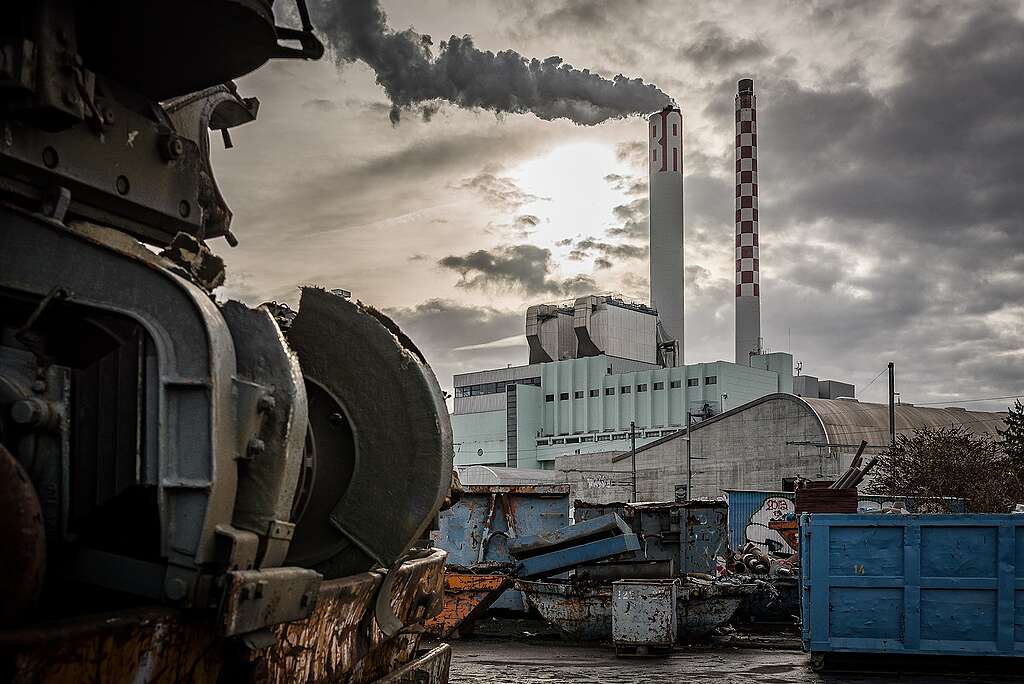
Waste to energy plants burn rubbish for electricity, but release dangerous chemicals and emit carbon dioxide into the atmosphere.
TAKE ACTIONThis article is a guest post and doesn’t necessarily represent the views of Greenpeace.


